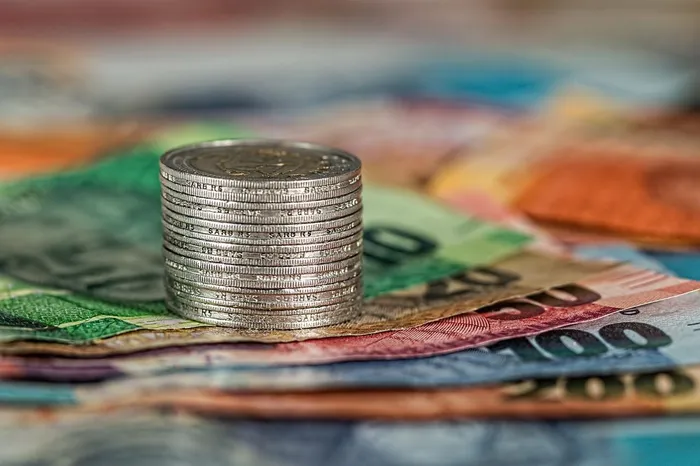
As of lunchtime on Wednesday, it was trading at R17.83, remaining range bound in the tight R17.75 to R18.05 bracket, Andre Cilliers, Currency Strategist at TreasuryONE indicated. Bianca Botes, director at Citadel Global, noted earlier on Wednesday morning that the currency was at R17.85.
Image: Pixabay
Despite South Africa’s economy growing at a measly 0.1% in the first quarter of this year, the local currency was unmoved and continues to trade at levels below R18 to the dollar.
As of lunchtime on Wednesday, it was trading at R17.83, remaining range bound in the tight R17.75 to R18.05 bracket, Andre Cilliers, Currency Strategist at TreasuryONE indicated. Bianca Botes, director at Citadel Global, noted earlier on Wednesday morning that the currency was at R17.85.
Cilliers said the dismal gross domestic product (GDP) data hasn’t dented the local currency, with it taking its lead from a weaker dollar instead. Overall, Tuesday's print of GDP data was better than expected by several economists, most of which noted that this was due to the agricultural sector performing well.
Nolan Wapenaar, co-chief investment officer at Anchor Capital, explained that much of the production data and economic data that had already been had been pointing to a poor GDP print. “In some ways, agriculture saved the day for the GDP numbers,” he said.
Maarten Ackerman, chief economist and advisory partner at Citadel, said that the “latest GDP figure paints a familiar picture: a few resilient sectors keeping the economy afloat, while structural underperformance holds us back. Without meaningful and coordinated reform, the economy will continue to limp along, unable to meaningfully reduce unemployment or address pressing social challenges.”
Wapenaar added that the rand was not really impacted by numbers that were as expected.
Earlier this week, Investec chief economist, Annabel Bishop, noted that the rand “is not expected to strengthen to its fair value of close to R16 until the fundamentals for economic growth improve in South Africa”.
The rand had been benefitting from a weaker dollar, which Bishop had previously said was a deliberate trade tactic by US President Donald Trump. His vacillatory position on tariffs has led to several knee-jerk market reactions.
Trump’s latest move – which follows trade negations including with President Cyril Ramaphosa – was to double the tariffs on steel and aluminium from 25% to 50%. In a statement on the White House website, he said he was doing this “so that such imports will not threaten to impair the national security”.
Wapenaar said the rand’s relative strength was “also a case of the markets being rather preoccupied with the White House” and what is happening there, which means that other data prints are less impactful than they might otherwise be”.
IOL
